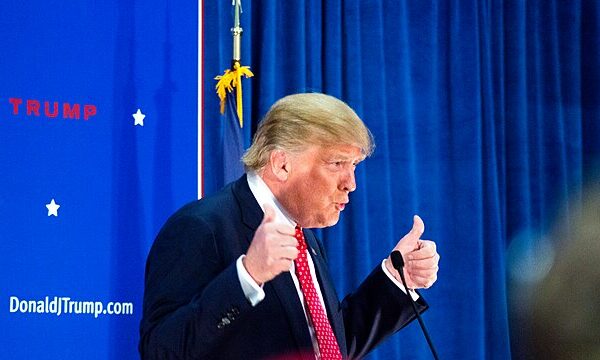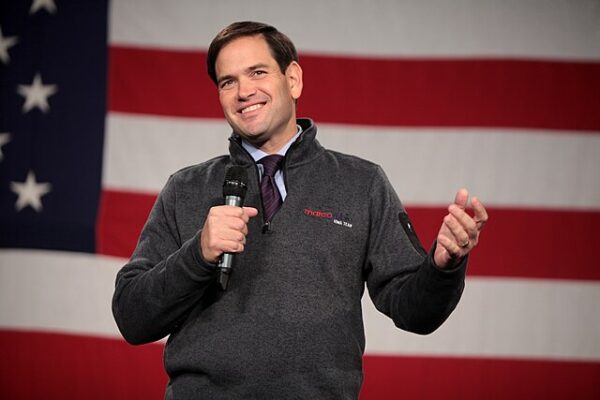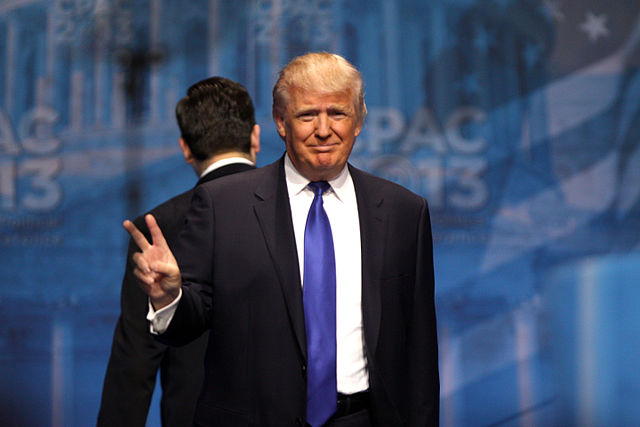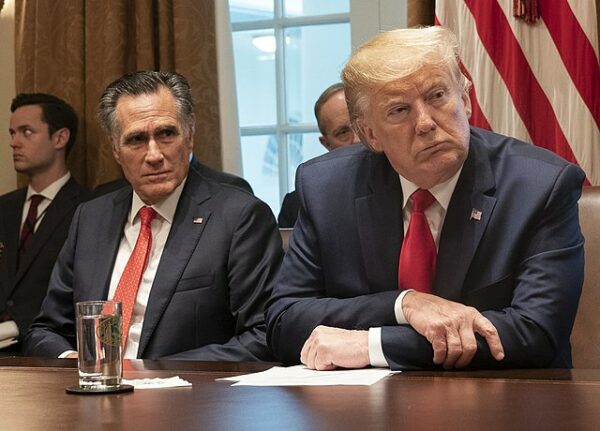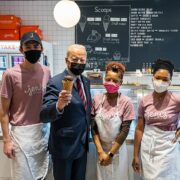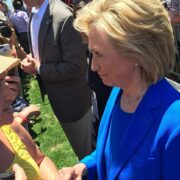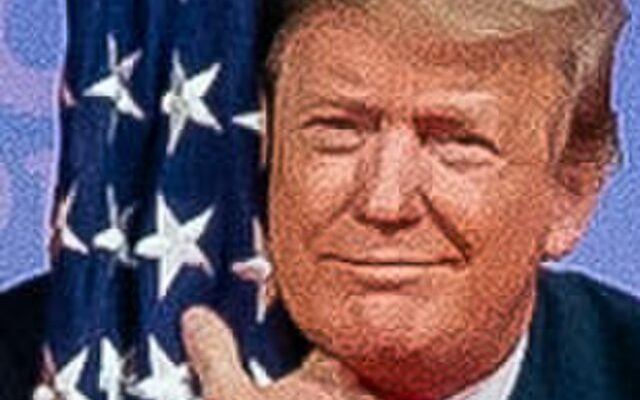
President Donald Trump announced on Monday a temporary suspension of the newly imposed 25 percent tariffs on Mexican imports following an agreement with Mexico’s President Claudia Sheinbaum. As part of the deal, Mexico will immediately deploy 10,000 soldiers to the U.S.-Mexico border to curb drug trafficking, particularly the flow of fentanyl.
The decision, which Trump communicated via social media, grants a one-month pause in tariffs to facilitate further negotiations. These discussions will be led by Secretary of State Marco Rubio, Secretary of the Treasury Scott Bessent, and Secretary of Commerce Howard Lutnick, along with senior Mexican representatives. Trump also expressed his intention to personally engage in talks with Sheinbaum to reach a broader agreement.
The announcement comes amid escalating trade tensions between the U.S., Mexico, Canada, and China, noted The Associated Press. Trump’s recent tariffs included 25 percent duties on goods from Mexico and Canada and 10 percent tariffs on Chinese imports. While Sheinbaum had previously threatened retaliatory economic measures without specifying rates, Canadian Prime Minister Justin Trudeau responded with a 25 percent tariff on $155 billion worth of American goods. China signaled plans to challenge the tariffs at the World Trade Organization. Financial markets reacted swiftly to the news, with U.S. stocks rebounding after an initial slump on Monday morning.
In a separate statement, Sheinbaum acknowledged the tariff pause in a post on Twitter, describing her conversation with Trump as “respectful” and emphasizing a shared commitment to national sovereignty, explained CNBC.
“We had a good conversation with President Trump with great respect for our relationship and sovereignty; we reached a series of agreements,” Sheinbaum wrote in the tweet, according to a translation from Spanish.
She also wrote, “The United States is committed to working to prevent the trafficking of high-powered weapons to Mexico.”
While Trump negotiated with the leader of Mexico, however, thousands of pro-illegal immigration protesters took to the streets of downtown Los Angeles to protest Trump’s aggressive deportation efforts. The protest, which began near Placita Olvera, quickly gained momentum, spilling onto city streets and shutting down portions of the 101 Freeway. By late morning, marchers had swelled into the thousands, heading toward City Hall, where they held signs condemning Trump’s immigration stance, according to local reports.
The Los Angeles Police Department worked to reopen the freeway, successfully clearing the 101 by early afternoon, though it was temporarily blocked again at Los Angeles Street. By 4 p.m., protesters had moved back to surface streets and gathered on the steps of City Hall. The LAPD, while acknowledging that the demonstration was not permitted, reported that the protest remained peaceful. Officers later instructed demonstrators to disperse, though it was unclear whether any arrests were made.
Many protesters opposing deportations to Mexico were seen waving Mexican flags while burning American ones.
In Los Angeles, Latinos are burning our flag outside the #GRAMMYs while waving Mexican flags 😳
And they think this will stop ICE from further deportations?!
Game. Over. pic.twitter.com/0PkJZXCX7V— mitrajoon (@mitrajoon246071) February 3, 2025
The protests come in response to Trump’s latest immigration policies, which include bolstering military presence at the U.S.-Mexico border and easing restrictions on Immigration and Customs Enforcement (ICE). The administration has also permitted ICE to conduct arrests at sensitive locations such as schools and churches, a move that has drawn sharp criticism from immigration advocates.
In defense of these measures, the U.S. Department of Homeland Security stated, “This action empowers the brave men and women in CBP and ICE to enforce our immigration laws and catch criminal aliens—including murderers and rapists—who have illegally come into our country. Criminals will no longer be able to hide in America’s schools and churches to avoid arrest.”
In response, schools in the Los Angeles area have begun distributing “Know Your Rights” cards, informing students of their legal protections if approached by immigration officials. With Trump’s administration continuing to publicize its immigration crackdown and trade negotiations with Mexico still unfolding, Sunday’s protests may signal a growing wave of resistance from communities affected by these policies. The coming weeks will determine whether the temporary tariff pause leads to a long-term trade resolution and whether opposition to Trump’s immigration policies will continue to intensify.
[Read More: Panama Bows Out Of Major China Plan]


